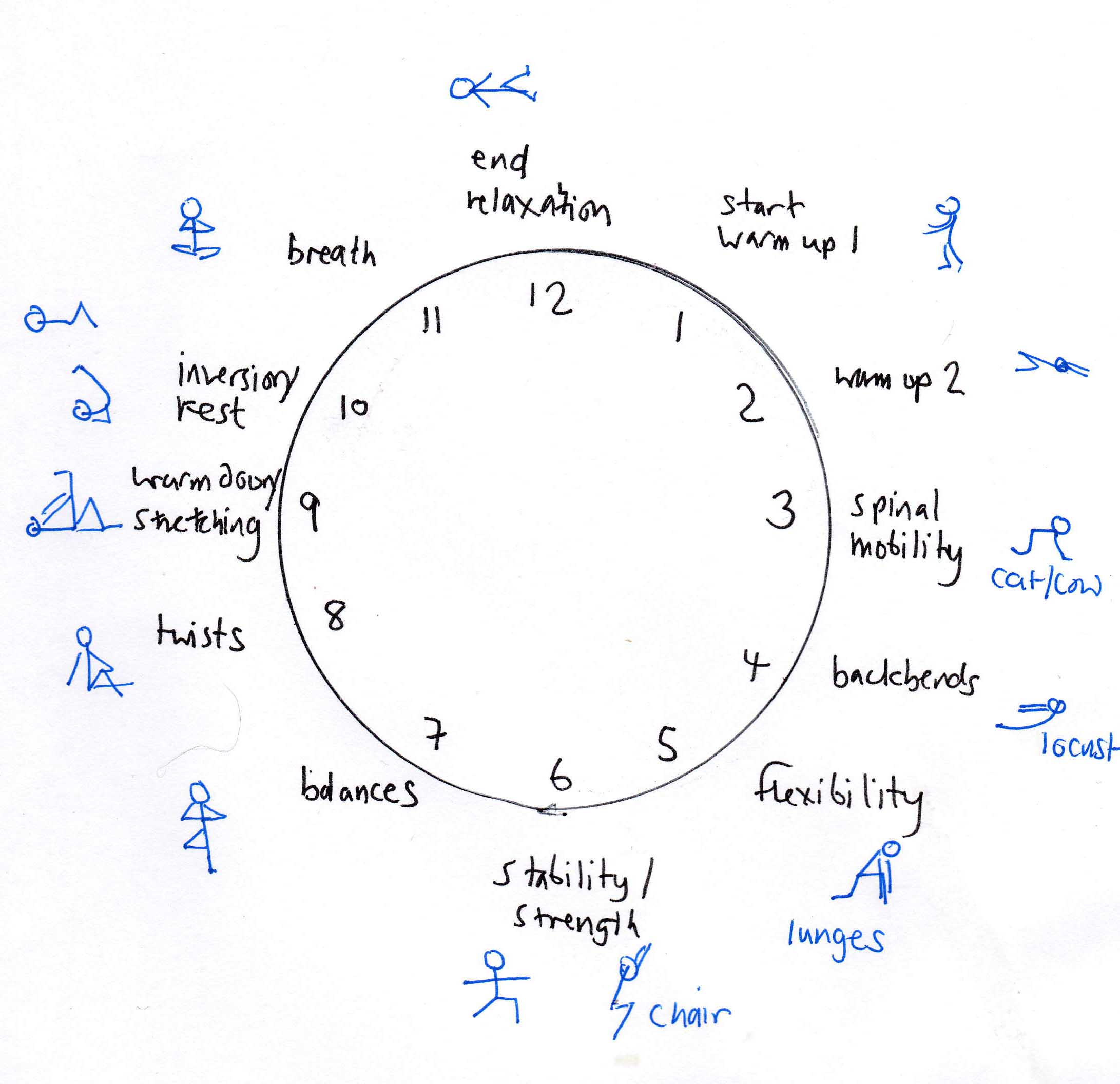Published: Nov 6, 2015 by Lucy Tennyson
Breathing lessons
It wasn’t a very scientific experiment of course, but when I asked people in class this week to count their breath rate the results varied enormously – from 5 to 20. This fits in with the general average, which is around 12 breaths per minute. As we age this rate tends to go up slightly, but it’s at times times of stress (as well as vigorous exercise) that this rate can really soar, to 70 or more per minute.
Rapid breathing is part of the fight or flight mechanism. But if we are not being chased by a lion, rather sitting down (perhaps at a computer), we are not breathing deeply in order to gulp in more oxygen in order to run quickly, but more likely as a result of mental activity.
There are benefits to taking slower, deeper breaths: as well as being calming, it may help relieve stress, and even combat pain and depression.
The diaphragm is a large muscle situated below the lungs. It expands downwards as we inhale to draw in air into the lungs. This muscle is attached to the lumbar spine and produces a natural rhythm of movement that also stretches the back and pumps fluid and essential nutrients into the vascular soft tissue structures around the spine. When the breathing is slow and steady, the body responds to this stimulus by relaxing, understanding that it is not in a life-threatening situation. The parasympathetic nervous system is activated, calming the stress hormones, and decreasing heart rate and blood pressure. While it is doing so, it brings in oxygen and releases metabolic waste products like carbon dioxide, which may also improve mood and energy levels.
Starting a yoga class, as we did this week, by taking a few minutes to relax, and deepen and lengthen the breath, helps us let go of the strains and stresses of the day. A simple 1-2-3 count helps us breathe more deeply into the lower chest, utilising more of the lungs. We can go on to add further movements, such as lifting the arms overhead, mentally dividing the arc into three as you count on the inhale, and again on the exhale.
Another exercise for calming both the nervous system and the overworked mind is a timed breath where the exhale is longer than the inhale. When your exhale is even a few counts longer than your inhale, the vagus nerve (running from the neck down through the diaphragm) sends a signal to your brain to turn up your parasympathetic nervous system and turn down your sympathetic nervous system.
The parasympathetic system controls your rest, relax, and digest response. When the parasympathetic system is dominant, your breathing slows, your heart rate drops, your blood pressure lowers as the blood vessels relax, and your body is put into a state of calm and healing.
